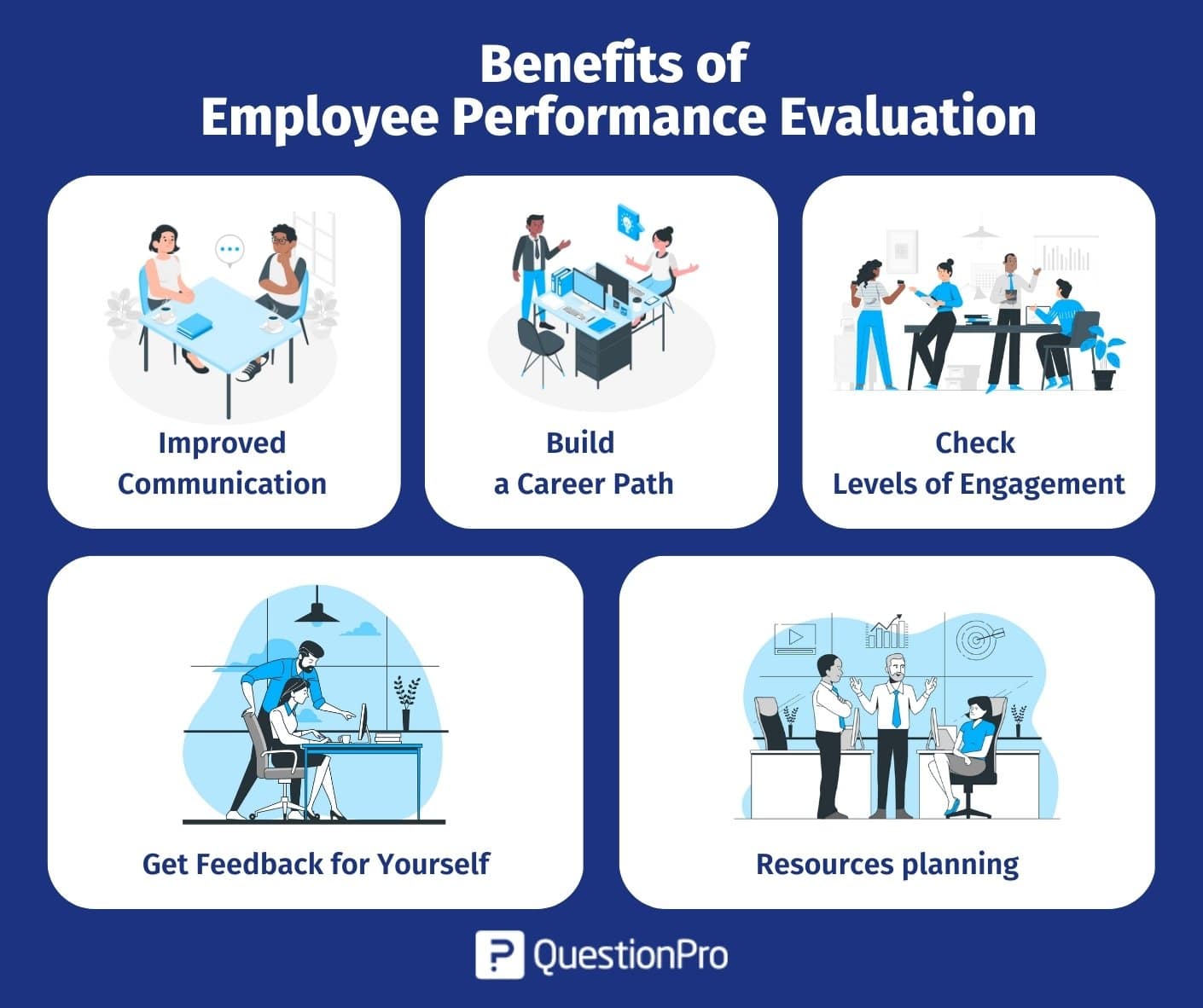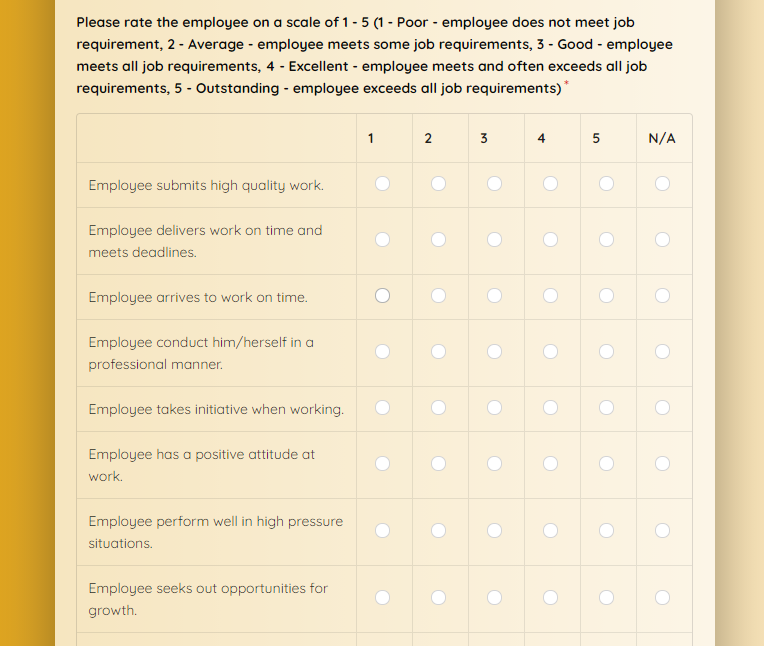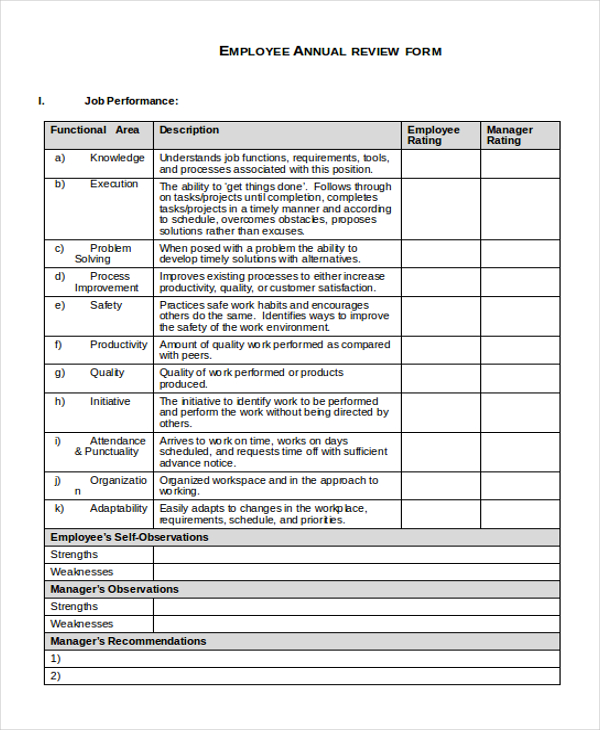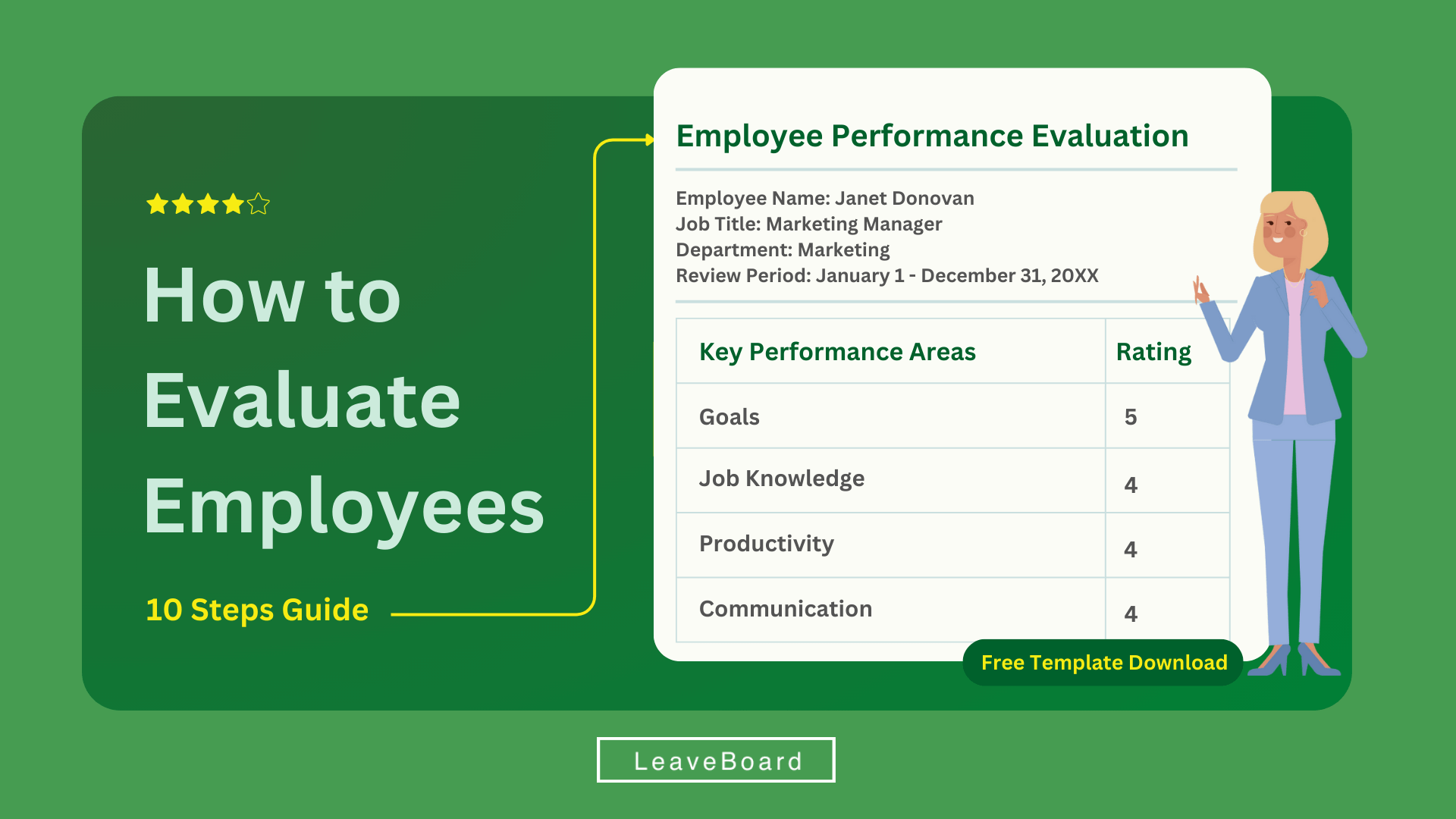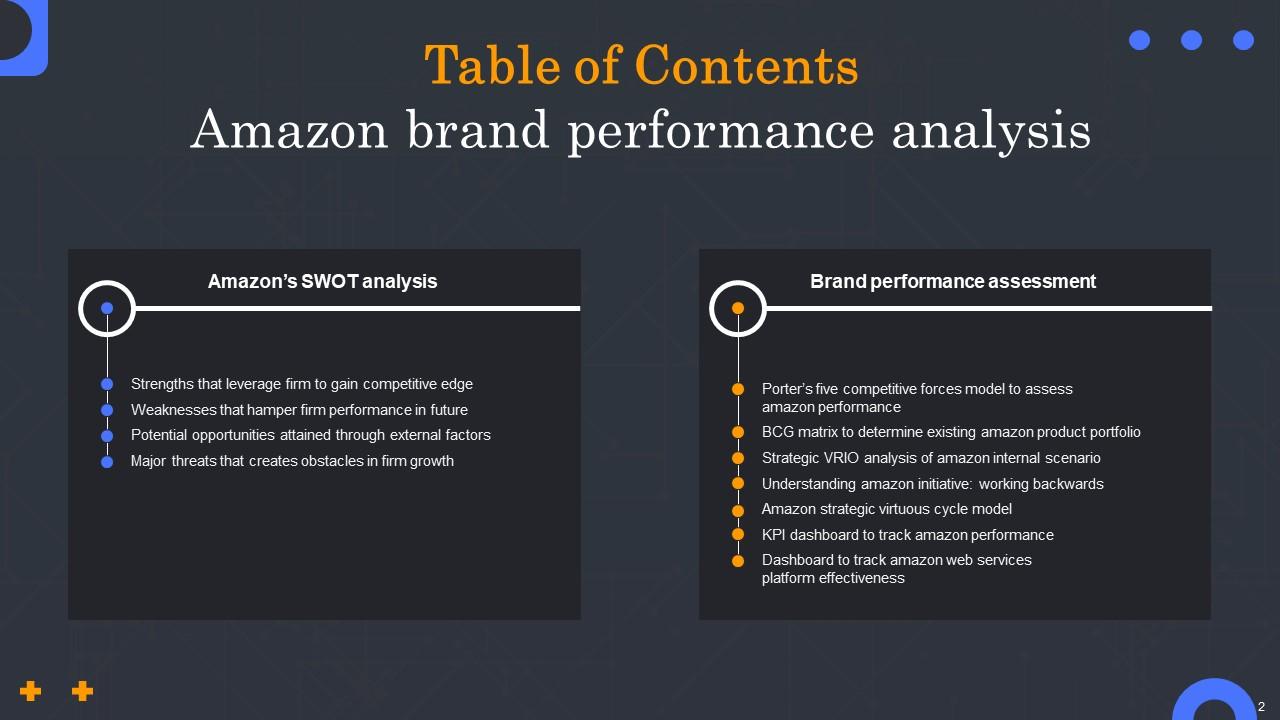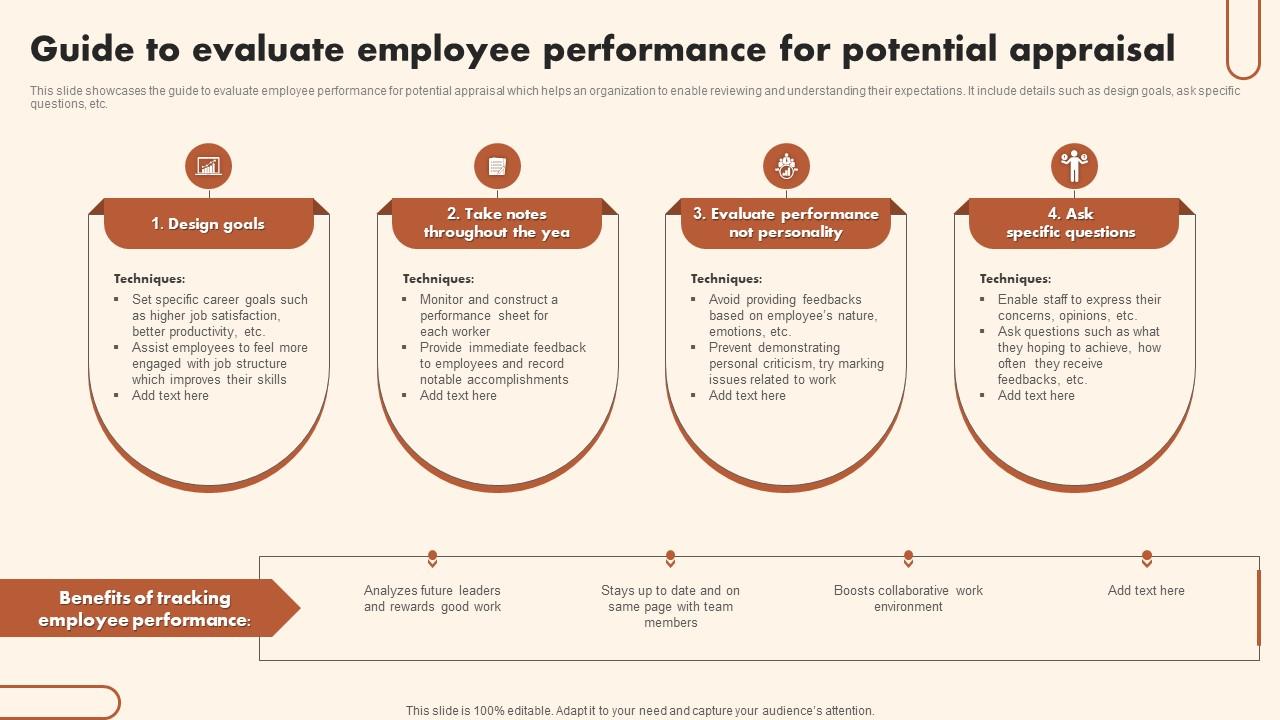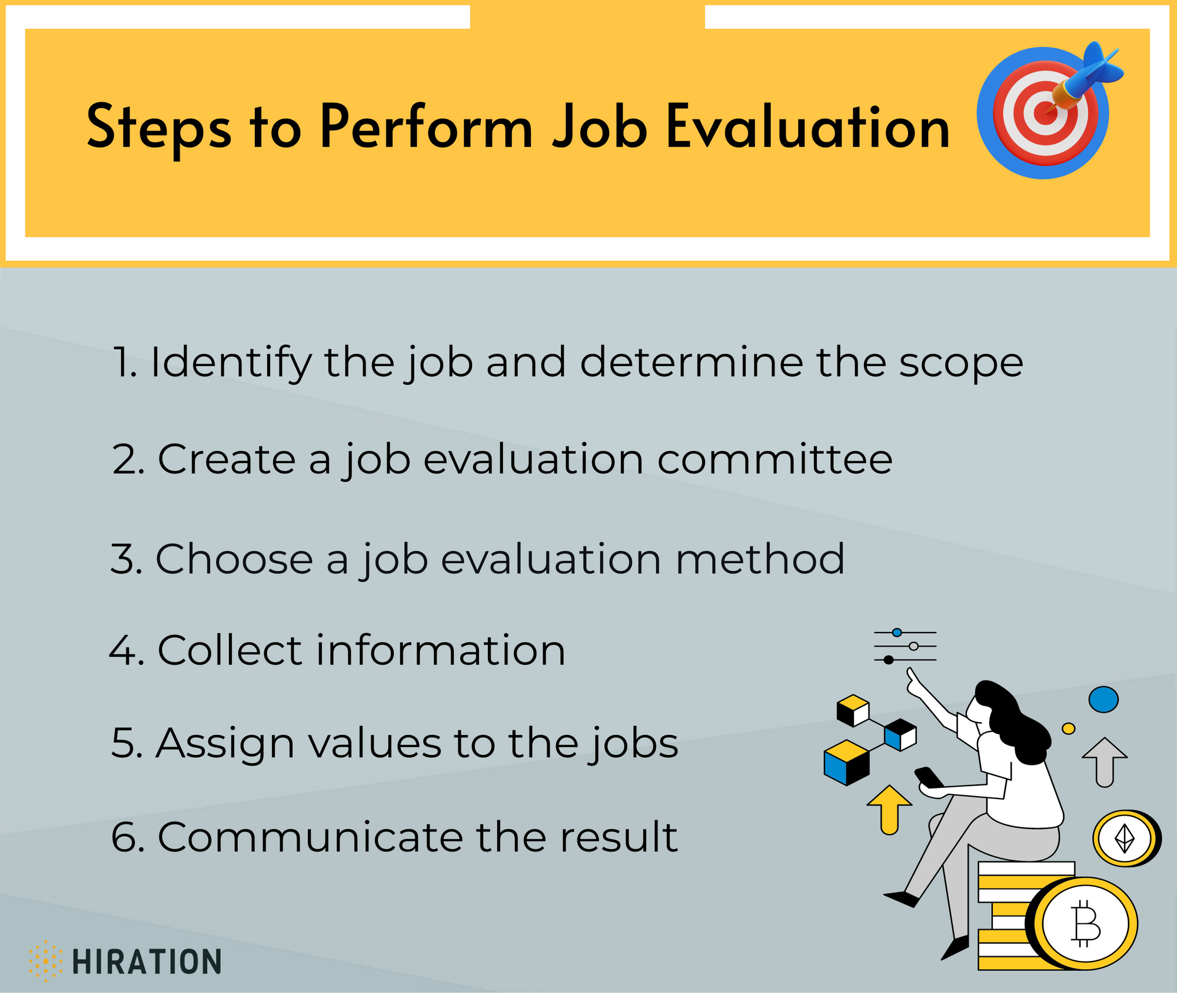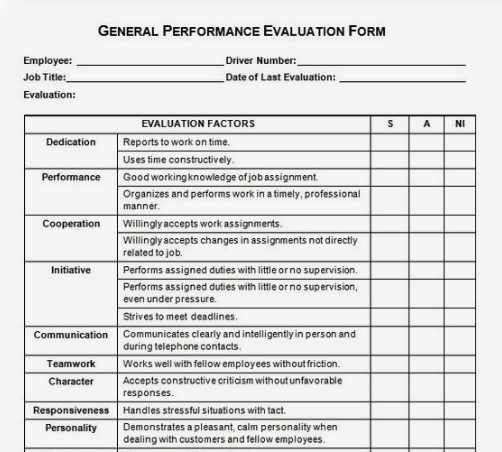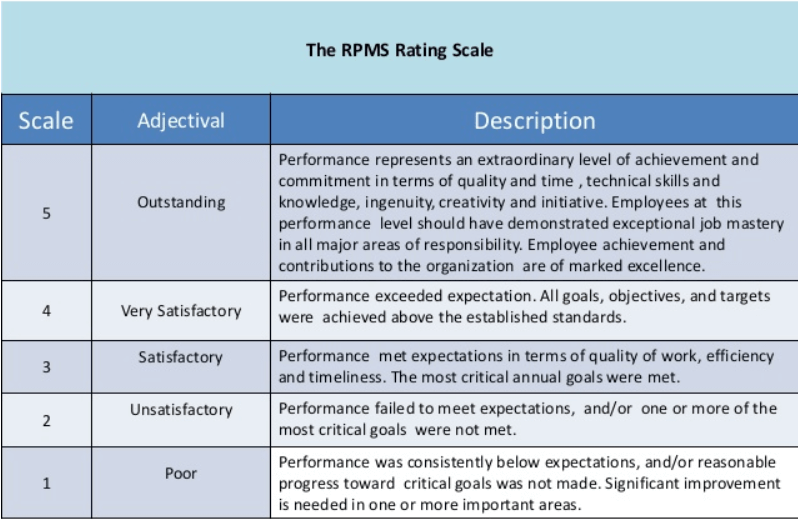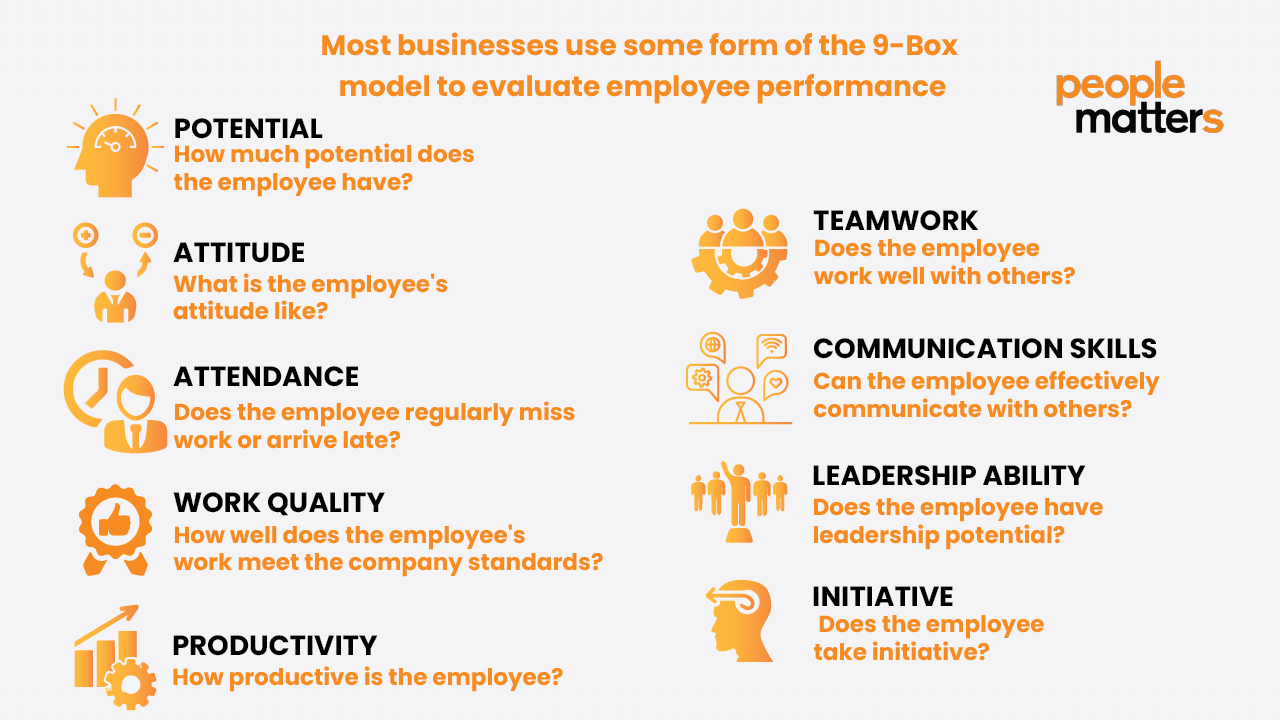How Does Amazon Evaluate Employee Performance

Imagine walking through the bustling hallways of an Amazon fulfillment center. The air hums with the whir of conveyor belts and the focused energy of thousands of employees, each playing a vital role in delivering packages to doorsteps worldwide. But behind this impressive logistical dance lies a complex system, one that meticulously evaluates the performance of every individual contributing to Amazon's colossal operation.
This article delves into the intricate process of how Amazon assesses its employee performance. We’ll explore the metrics, methods, and philosophies driving this evaluation system, aiming to provide a comprehensive understanding of what it takes to succeed within one of the world's largest and most demanding companies.
The Foundation: Data-Driven Metrics
At the heart of Amazon's performance evaluation lies a strong emphasis on data. Performance isn't gauged by subjective opinions alone; instead, it's quantified through a variety of metrics tailored to each role.
For warehouse workers, these metrics might include units processed per hour, accuracy rates, and adherence to safety protocols. Software engineers, on the other hand, are often evaluated on code quality, project completion timelines, and their contributions to team goals.
The Role of Performance Improvement Plans (PIPs)
When an employee's performance falls below the required standards, they may be placed on a Performance Improvement Plan (PIP). A PIP is a structured program designed to help employees improve their performance within a specific timeframe.
These plans typically outline specific areas for improvement, provide resources and support, and set clear expectations for future performance. According to former Amazon employees, the PIP can be a stressful experience, but it is also presented as an opportunity to address shortcomings and get back on track.
Beyond the Numbers: Leadership Principles and 360 Reviews
While data-driven metrics form the core of the evaluation process, Amazon also incorporates qualitative feedback to gain a more holistic view of employee performance. This includes the company's famous Leadership Principles, which serve as a behavioral framework for all employees.
These principles, such as "Customer Obsession," "Invent and Simplify," and "Are Right, A Lot," guide decision-making and are incorporated into performance reviews. Employees are expected to demonstrate these principles in their day-to-day work.
Amazon also utilizes 360-degree reviews, gathering feedback from peers, managers, and sometimes even subordinates. This provides a comprehensive understanding of an employee's strengths and weaknesses, as well as their impact on the team.
Controversies and Criticisms
Amazon's performance evaluation system has faced its share of controversies. Some critics argue that the intense focus on metrics can create a high-pressure environment that prioritizes quantity over quality.
Reports have surfaced alleging that the system can be unforgiving, leading to high turnover rates, particularly in warehouse roles. Some former employees have described the work environment as relentlessly demanding.
However, Amazon maintains that its performance evaluation system is designed to identify and reward top performers, while also providing opportunities for those who are struggling to improve. They emphasize the importance of continuous feedback and development.
Adapting and Evolving
It's important to acknowledge that Amazon's performance evaluation system is not static; it's constantly evolving to adapt to changing business needs and employee feedback. The company invests heavily in training and development programs designed to help employees succeed.
They also gather employee feedback through surveys and focus groups to identify areas for improvement in their evaluation processes. This demonstrates a commitment to continuous improvement, not only in its business operations but also in its approach to managing its workforce.
Amazon's performance evaluation system is a complex and multifaceted process, driven by data, guided by leadership principles, and subject to ongoing scrutiny. While it may not be perfect, it reflects the company's relentless pursuit of excellence and its commitment to creating a high-performance culture.

